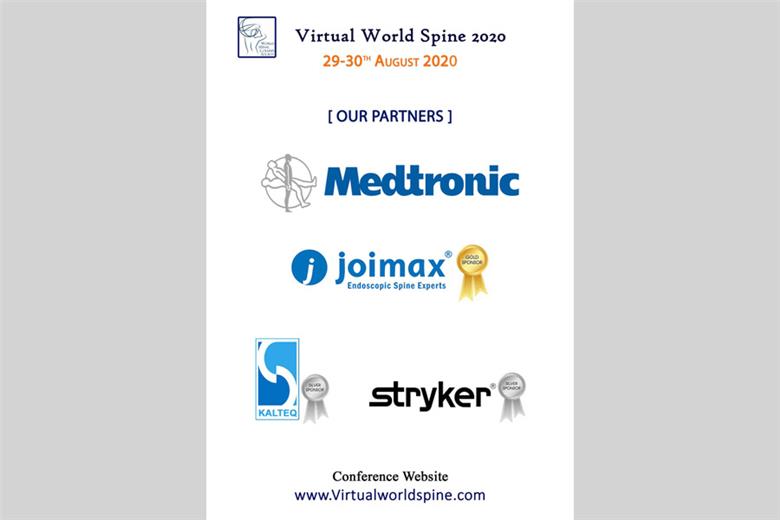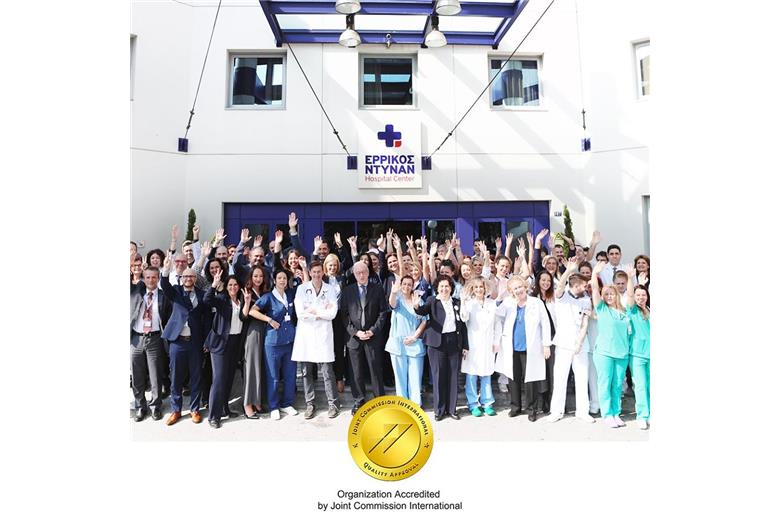This condition is an abnormal curvature of the spine. It most often develops in early childhood, just before a child reaches puberty.
Scoliosis
What causes scoliosis?
Scoliosis is caused by a spinal abnormality. Many believe that it is a disorder that mostly affects adolescents, but it can also cause problems to adults.
Adults can get scoliosis for the following reasons:
- Due to the asymmetric degeneration of spinal elements.
- If scoliosis is not treated during childhood, and its curve may appear as thoracic, lumbar, or even both.
- Or a combination of the above.
What are the symptoms of scoliosis?
There are multiple symptoms that can help diagnose scoliosis such as severe back pain. Breathing difficulties may be experienced by some patients as well and the function of the lungs or even heart may be compromised.
Furthermore, physical characteristics may be noticed in patients. These may include deformity, lack of symmetry in hips or shoulders, body imbalance causing the patient to lean to one side, as well as, the imbalance of walking caused by an asymmetry of the patient's legs.
How is scoliosis diagnosed?
In order to diagnose scoliosis in adult patients, the following examinations are required: a thorough review of the patient's personal and family medical history, an examination for spinal joint and/or peripheral vascular disease, and in the most extreme cases an evaluation of the patient's cardiopulmonary function.
Numbness and paresthesias, the level of pain, muscle spasms, bowel and bladder dysfunction and weakness in a patient are usually also assessed by the medical examiners. Moreover, in order to get a clearer image of the patient's spine (especially if spine surgery is seriously considered for rare cases of patients who present a neurologial dysfunction), full length posterior and anterior x-rays, CT and/or MRI imaging can be requested.
Is surgery needed?
If any of the following conditions exist, surgery may be considered:
- Thoracic (mid back) curve is greater than 50-degrees with persistent pain
- Lumbar (low back) curve with persistent pain
- Progressive thoracolumbar (mid and lower back) curve
- Deformity
- Decreased cardiopulmonary (heart and lung) function
Spine surgery to treat adult scoliosis may include the removal of one or more intervertebral discs (discectomy), and removal of bone (osteotomy) followed by spinal instrumentation and fusion to stabilize the spine. Spinal stability is immediately achieved by spinal instrumentation using various devices such as rods and screws.
Bone graft stimulates new bone to grow into and around bone and instrumentation. Over time, bone graft fuses (eg, joins) surgically treated spinal levels together. A bone growth stimulator may be recommended and prescribed by the surgeon in order to "stimulate" new bone growth, and bone healing following a spinal fusion surgery.
Physical therapy is needed after spine surgery for adult scoliosis. It can be in a rehabilitation facility, on an outpatient basis, or at home to help the patient build strength and endurance.



